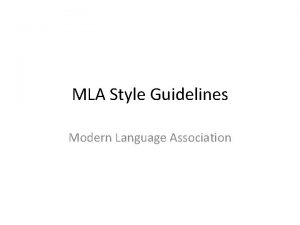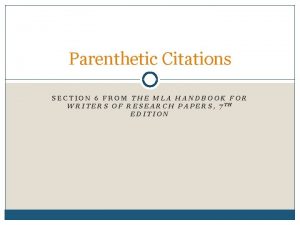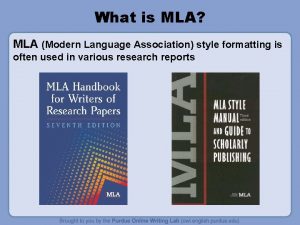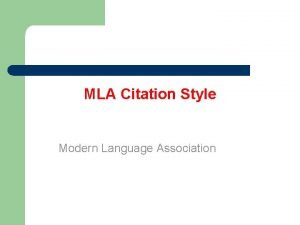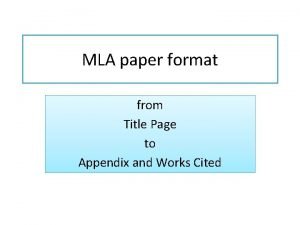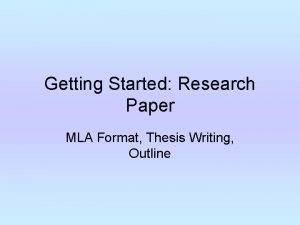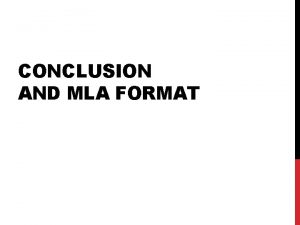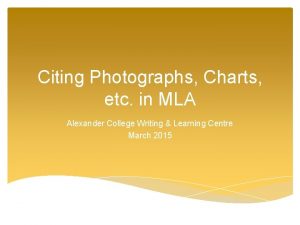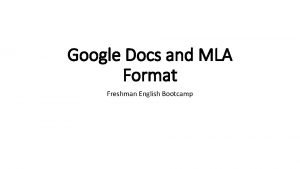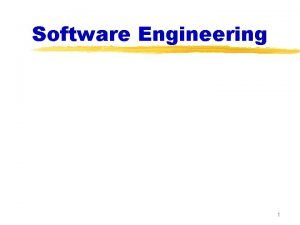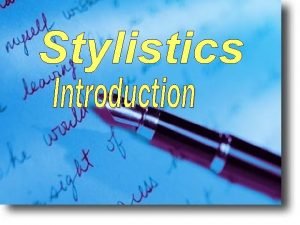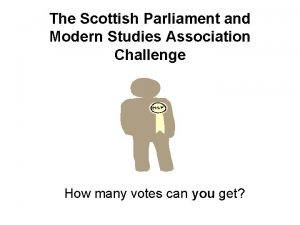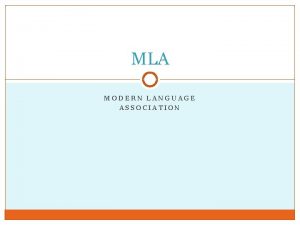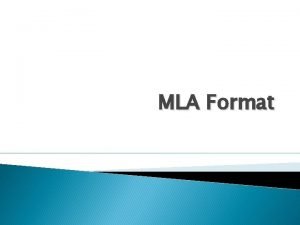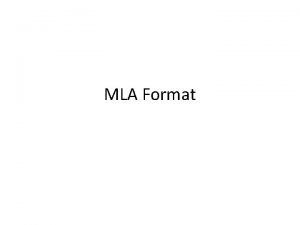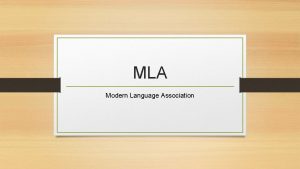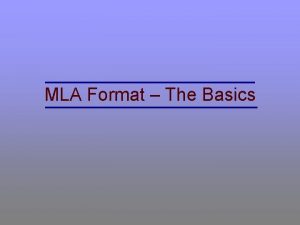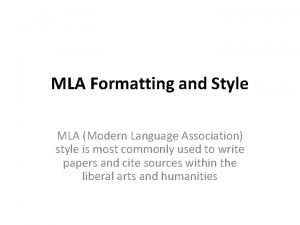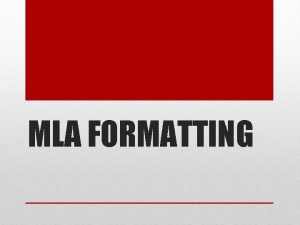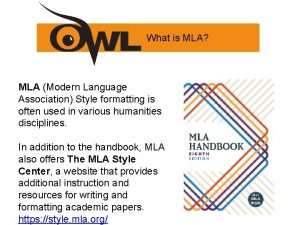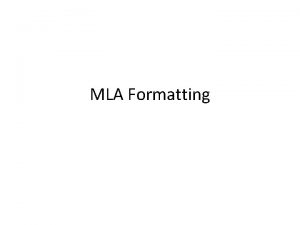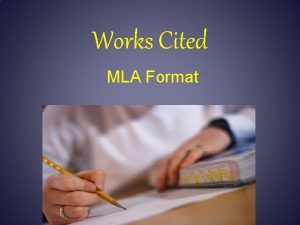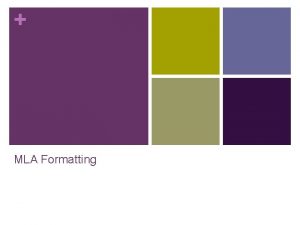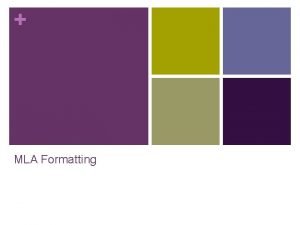MLA Format 2012 Modern Language Association MLA style

















- Slides: 17

MLA Format 2012

Modern Language Association “MLA style specifies guidelines formatting manuscripts and using the English language in writing. MLA style also provides writers with a system for referencing their sources through parenthetical citation in their essays and Works Cited pages” (Russell, Brizee, Angeli, and Keck).

MLA “Writers who properly use MLA also build their credibility by demonstrating accountability to their source material. Most importantly, the use of MLA style can protect writers from accusations of plagiarism, which is the purposeful or accidental uncredited use of source material by other writers” (Russell, Brizee, Angeli, and Keck).

Basic In-Text Citation Rules “In MLA style, referring to the works of others in your text is done by using what is known as parenthetical citation. This method involves placing relevant source information in parentheses after a quote or a paraphrase” (Russell, Brizee, Angeli, and Keck).

Basic In-Text Citation Rules The source information required in a parenthetical citation depends (1. ) upon the source medium (e. g. Print, Web, DVD) and (2. ) upon the source’s entry on the Works Cited (bibliography) page. Any source information that you provide in-text must correspond to the source information on the Works Cited page. More specifically, whatever signal word or phrase you provide to your readers in the text, must be the first thing that appears on the left-hand margin of the corresponding entry in the Works Cited List. (Russell, Brizee, Angeli, and Keck).

MLA format uses the author-page method of in-text citation. The author’s last name and page number(s) must appear in the text and match a complete reference on the Works Cited page. The author's name may appear either in the sentence itself or in parentheses following the quotation or paraphrase, but the page number(s) should always appear in the parentheses, not in the text of your sentence. (Russell, Brizee, Angeli, and Keck).

Wordsworth stated that Romantic poetry was marked by a "spontaneous overflow of powerful feelings" (263). Romantic poetry is characterized by the "spontaneous overflow of powerful feelings" (Wordsworth 263). Wordsworth extensively explored the role of emotion in the creative process (263). Wordsworth, William. Lyrical Ballads. London: Oxford U. P. , 1967. Print.

In-Text Citations for Print Sources with Known Author For Print sources like books, magazines, scholarly journal articles, and newspapers, provide a signal word or phrase (usually the author’s last name) and a page number. If you provide the signal word/phrase in the sentence, you do not need to include it in the parenthetical citation. Human beings have been described by Kenneth Burke as "symbol-using animals" (3). Human beings have been described as "symbol-using animals" (Burke 3). Burke, Kenneth. Language as Symbolic Action: Essays on Life, Literature, and Method. Berkeley: U of California P, 1966. Print.

In-Text Citations for Print Sources with No Known Author When a source has no known author, use a shortened title of the work instead of an author name. Place the title in quotation marks if it's a short work (e. g. articles) or italicize it if it's a longer work (e. g. plays, books, television shows, entire websites) and provide a page number. (Russell, Brizee, Angeli, and Keck).

In-Text Citations for Print Sources with No Known Author We see so many global warming hotspots in North America likely because this region has “more readily accessible climatic data and more comprehensive programs to monitor and study environmental change. . . ” (“Impact of Global Warming” 6). The reader does not know the author of the article, an abbreviated title of the article appears in the parenthetical citation which corresponds to the full name of the article which appears in the Works Cited. The writer includes the title in quotation marks as the signal phrase in the parenthetical citation in order to lead the reader directly to the source on the Works Cited page. “The Impact of Global Warming in North America. ” GLOBAL WARMING: Early Signs. 1999. Web. 23 Mar. 2009.

Citing the Internet Sometimes writers are confused with how to craft parenthetical citations for electronic sources because of the absence of page numbers, but often, these sorts of entries do not require any sort of parenthetical citation at all. For electronic and Internet sources, follow the following guidelines: Include in the text the first item that appears in the Work Cited entry that corresponds to the citation (e. g. author name, article name, website name, film name). (Russell, Brizee, Angeli, and Keck).

Citing the Internet You do not need to give paragraph numbers or page numbers based on your Web browser’s print preview function. Unless you must list the website name in the signal phrase in order to get the reader to the appropriate entry, do not include URLs in-text. Only provide partial URLs such as when the name of the site includes, for example, a domain name, like CNN. com or Forbes. com as opposed to writing out http: //www. cnn. com or http: //www. forbes. com. (Russell, Brizee, Angeli, and Keck).

Works Cited Page The Works Cited page brings all your cited resources together on the last page of your paper, so your reader is able to locate the origin of your information quickly. It also helps if a reader has an interest in your paper and topic and would like to pursue more information in that topic.

Works Cited List works cited in alphabetical order. List all works cited in paper. Use reverse indentation for each new entry. Follow proper MLA formatting depending on what type of resource is used.

Book with One Author Lastname, Firstname. Title of Book. City of Publication: Publisher, Year of Publication. Medium of Publication. Gleick, James. Chaos: Making a New Science. New York: Penguin, 1987. Print.

Citing the Internet Editor, author, or compiler name (if available). Name of Site. Version number. Name of institution/organization affiliated with the site (sponsor or publisher), date of resource creation (if available). Medium of publication. Date of access. The Purdue OWL Family of Sites. The Writing Lab and OWL at Purdue and Purdue U, 2008. Web. 23 Apr. 2008.

Works Cited The Purdue OWL. Purdue U Writing Lab, 2010. Web. 27 Feb. 2012. Russell, Tony, Allen Brizee, and Elizabeth Angeli, Keck, Russell. "MLA Formatting and Style Guide. " The Purdue OWL. Purdue U Writing Lab, 4 Apr. 2010. Web. 27 Feb. 2012.
 Modern language association mla format
Modern language association mla format Citing pages
Citing pages Mla works cited page book
Mla works cited page book Modern language association owl
Modern language association owl Example of modern language association
Example of modern language association Example of modern language association
Example of modern language association How to cite appendix in text
How to cite appendix in text Mla thesis example
Mla thesis example Conclusion paragraph mla format
Conclusion paragraph mla format How to write links in apa format
How to write links in apa format How to cite graphs in mla
How to cite graphs in mla How to set up mla format on google docs
How to set up mla format on google docs Exploratory style vs modern software development
Exploratory style vs modern software development Scope of stylistic
Scope of stylistic Modern studies association
Modern studies association Block format with open punctuation
Block format with open punctuation Differences between formal and informal writing
Differences between formal and informal writing Formal and informal writing style
Formal and informal writing style
